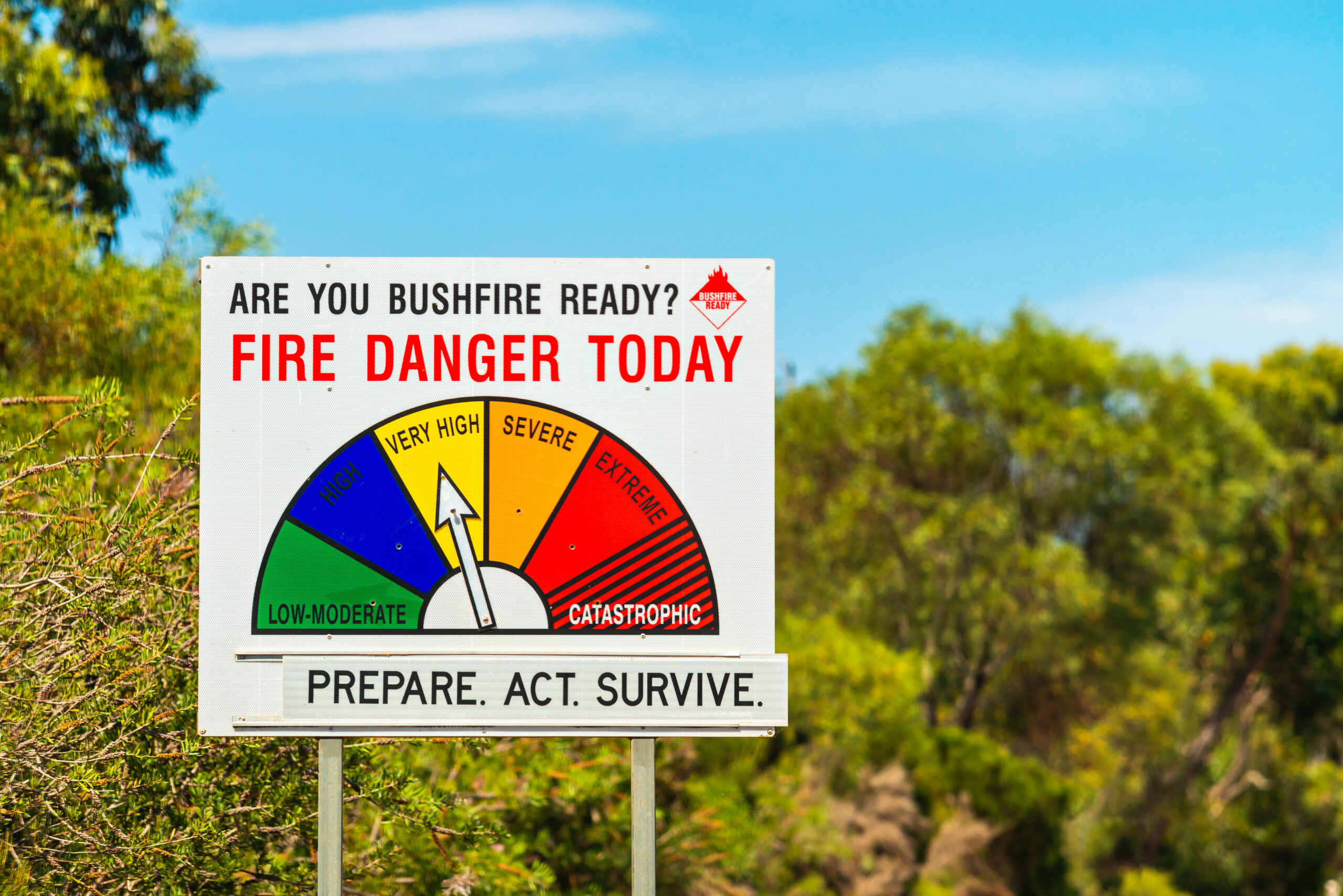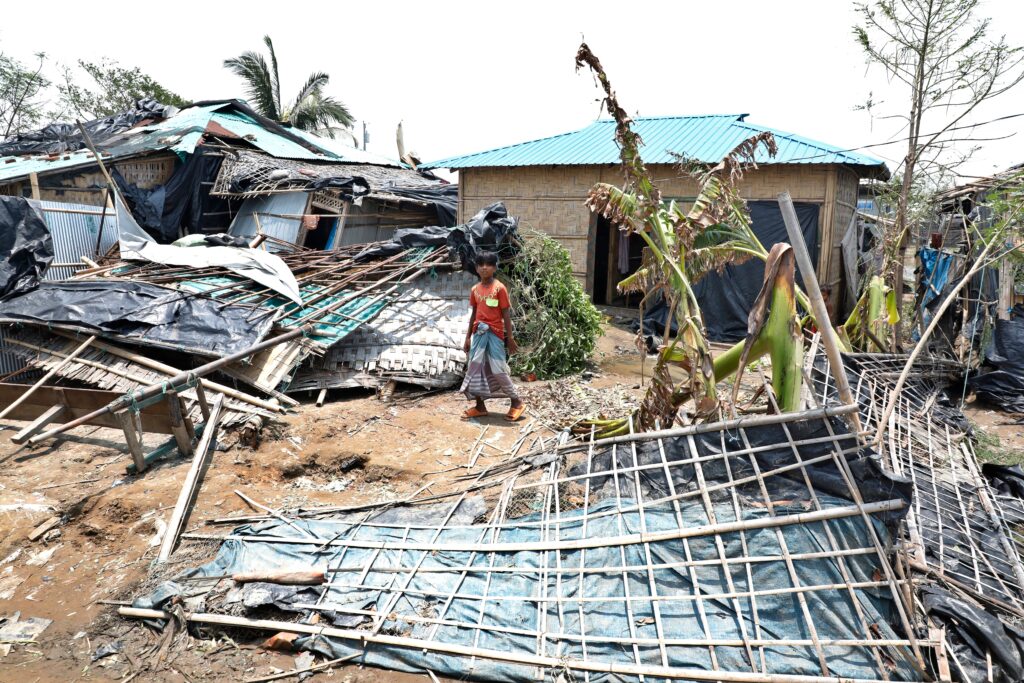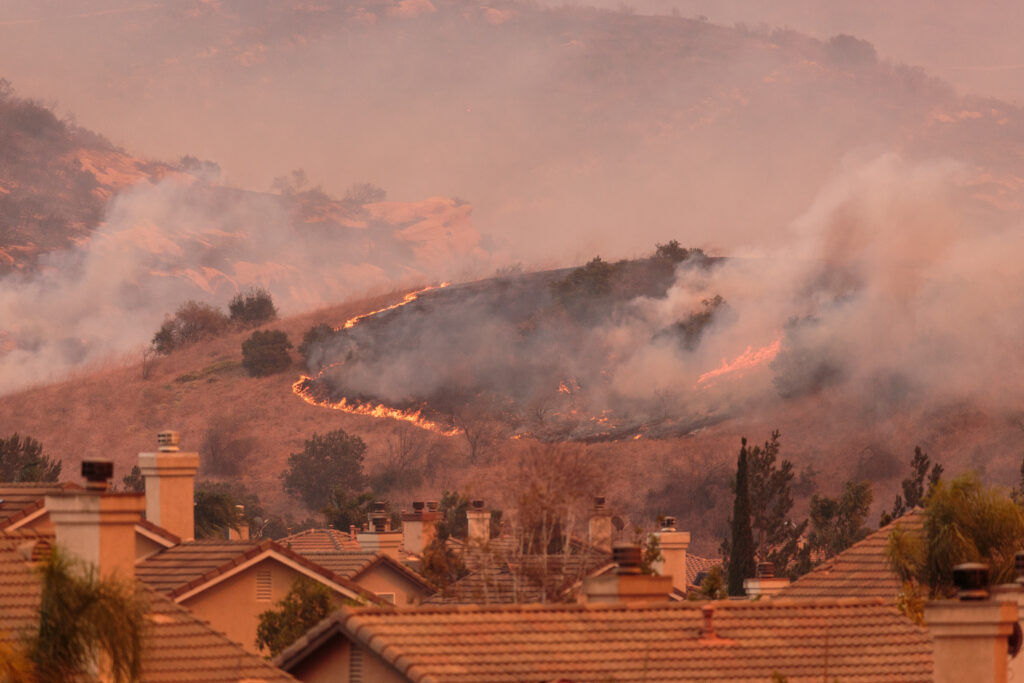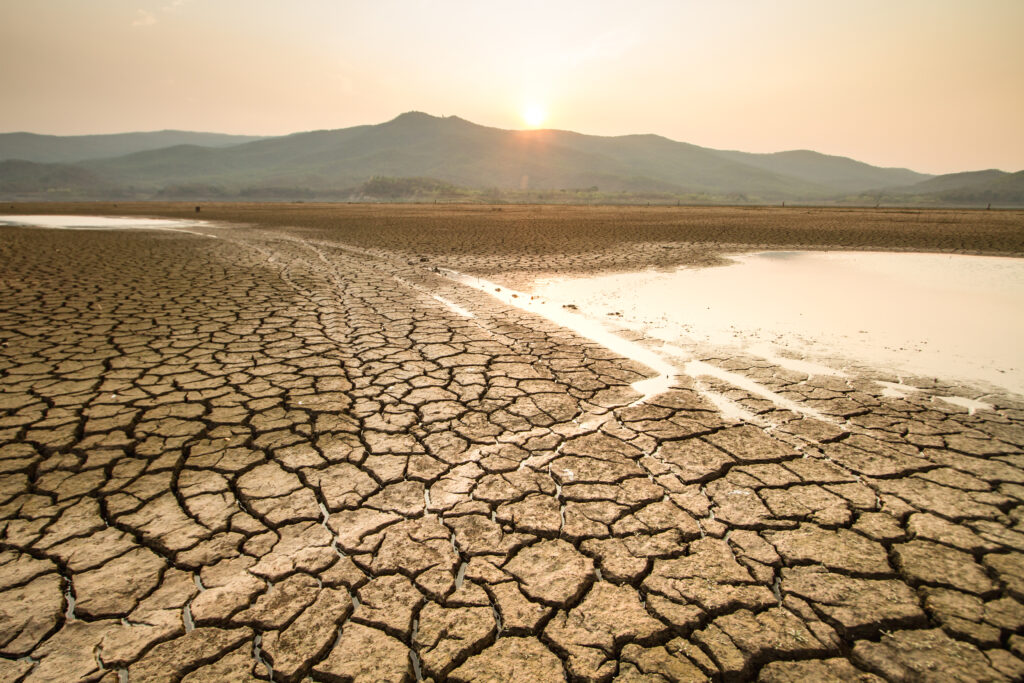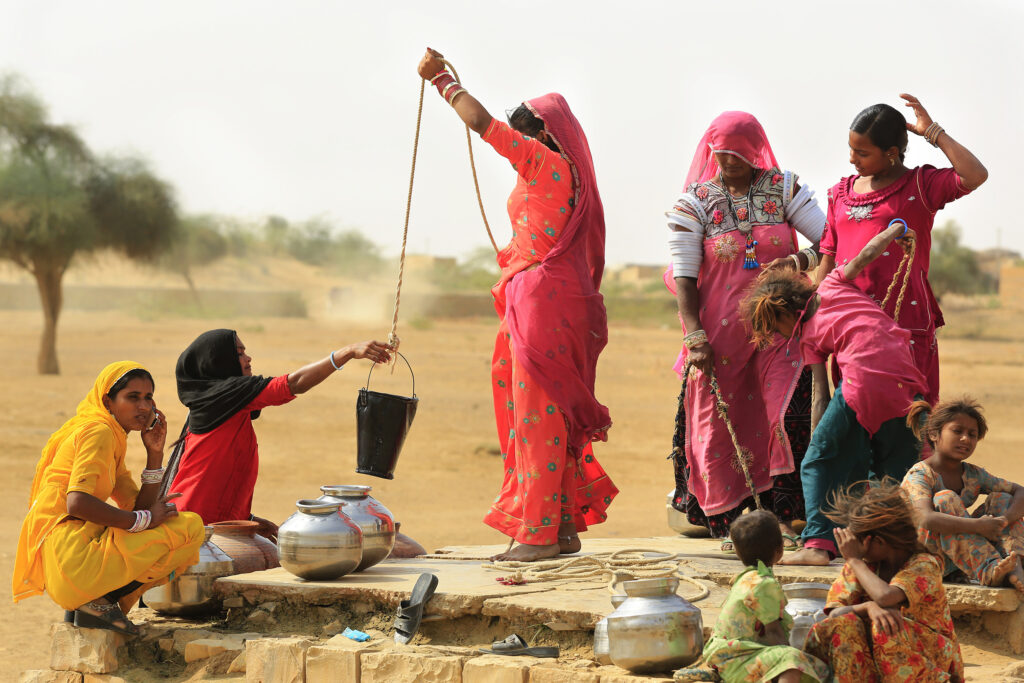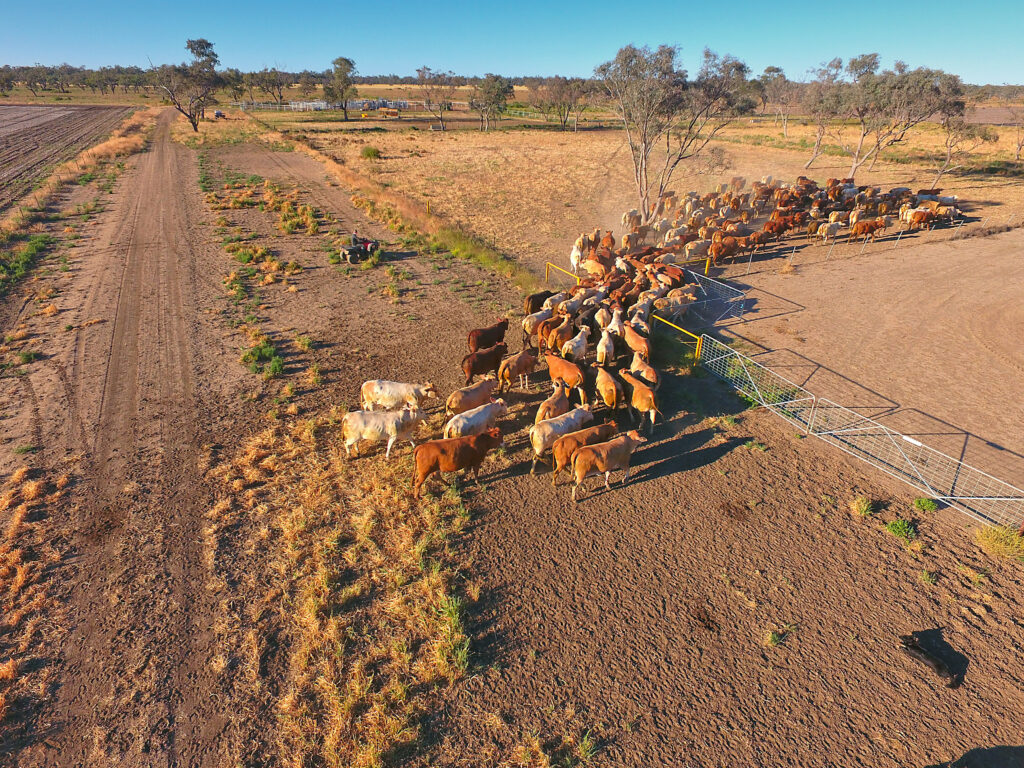2025 began with extensive heatwaves sweeping across Australia, continuing a trend of exceptional heat events over recent years. Australia’s Bureau of Meteorology (BOM) has been issuing repeated warnings for many regions and population centres, including South Australia, South East Australia, New South Wales, Victoria and Tasmania, with temperatures in some areas expected to soar past 40°C. The intense and dangerous summer heat follows Australia’s hottest spring on record and third-hottest December on record, demonstrating the continuation of weather extremes exacerbated by climate change.
Threats Amplified By Extreme Heat
Heatwaves drive significant social, health and economic impacts. Prolonged exposure to extreme heat can overwhelm the body’s ability to cool down, leading to illnesses such as heatstroke. Since 1900, more people have died from heatwaves in Australia than floods, fires and all the other disasters put together.
In response to the heatwaves, BOM issued warnings about the dangers to well-being, particularly for vulnerable groups, such as older people, babies, children, pregnant women and individuals with medical conditions. “Seek a place to keep cool, such as your home, a library, community centre or shopping centre,” BOM said in a statement. “Close your windows and draw blinds, curtains or awnings early in the day to keep the heat out of your home.”
Bushfire Risk
Experts have also raised alarms about the increased risk of bushfires, with South Australia experiencing one of its driest periods on record alongside high winds that fan flames. The Country Fire Authority’s chief officer, Jason Heffernan, warned of the challenges firefighters faced amid these conditions, noting, “We did not see those winter rains. We didn’t see those spring rains, which has led to the bushland areas being exceptionally dry.”
It was the record heat and dryness in 2019 and 2020 that led to Australia’s devastating wildfires that made headlines worldwide. Coinciding with the continent’s hottest year on record, the fires burned over 202,000 square km of land and destroyed thousands of buildings, claiming the lives of 34 people, alongside millions of animals.
Heatwaves and Their Far-reaching Damage
The impacts of heatwaves also extend to broader socioeconomic issues. Heat and bushfires endanger the electricity grid, as high temperatures strain power supplies, while bushfire smoke can reduce solar panel efficiency. The nation’s labour productivity losses due to heatwaves are estimated at AUD 8.7 billion (USD 5.4 billion) annually, with crop losses projected to exceed AUD 100 million in the coming years.
Looking at overall climate impacts and damages, worsening extreme weather is causing an insurance crisis in Australia, with property insurance costs skyrocketing, and thousands of properties at risk of becoming uninsurable altogether this decade. Economic modelling shows that between now and 2050, Australia’s Total National Income (standard of living) losses are projected at AUD 7 trillion (USD 4.3 trillion), as temperatures increase and the weather becomes more extreme and dangerous.
Longer and More Intense Heatwaves
As climate change impacts unfold, Australia’s extreme and dangerous heatwaves will only worsen. According to Karl Braganza, the BOM’s climate services manager, heatwaves are becoming longer, more intense and more frequent. “The rate of change points to how rapidly our climate system is changing,” Braganza said. “The climate of the 1980s and 1990s is very different from what we are experiencing today.”
2024 was Australia’s second-hottest year on record, surpassed only by 2019 with its devastating bushfires. BOM has noted that Australia’s 10 hottest years have all occurred in the past two decades, with only two of the past 40 years being cooler than average. Since 1910 when high-quality records began, Australia has warmed by 1.51°C, accompanied by a significant rise in extremely hot days. These trends coincide with those seen worldwide, and concur with scientists’ warnings that heatwaves will continue to become more intense and prolonged without steep reductions in greenhouse gas emissions.
Tackling Heatwave Impacts in Australia
With much of the global heating of the coming years already locked-in, minimising heatwave-related health impacts requires comprehensive policies and programs across government, industry and community service organisations. While many state and local governments have implemented heatwave warning systems and cool space infrastructure, Australia lacks a nationally consistent approach.
Adaptation and effective policies are crucial as climate impacts intensify. Understanding current and future heat health risks can help identify targeted interventions to protect vulnerable populations, while taking steps to empower people and communities to understand their risks and develop local adaptation strategies.
Meanwhile, despite being highly vulnerable to extreme climate impacts, Australia’s government continues its ill-fated support for the fossil fuel industry. According to Climate Action Tracker (CAT), Australia’s climate policies are “insufficient” to prevent dangerous heating, and in 2023, Australia had the highest per capita greenhouse gas emissions among all OECD countries.
Given the threat of worsening extreme heat, Australia must stop fuelling the fires of the climate crisis. Adopting more ambitious climate policies aligned with the Paris Agreement’s 1.5°C target will require halting fossil fuel industry support and accelerating the transition to clean energy. Australia, with its abundance of renewable energy resources, should be leading the way, and bold action is essential to safeguard Australia’s future.
Evelyn Smail
Writer, United Kingdom
Evelyn is a freelance writer and journalist specialising in climate science and policy, the just energy transition and the human impacts of climate change. She writes for independent publications, NGOs and environmental organisations. Evelyn has a background in sustainable development, climate justice and human rights.
Evelyn is a freelance writer and journalist specialising in climate science and policy, the just energy transition and the human impacts of climate change. She writes for independent publications, NGOs and environmental organisations. Evelyn has a background in sustainable development, climate justice and human rights.

